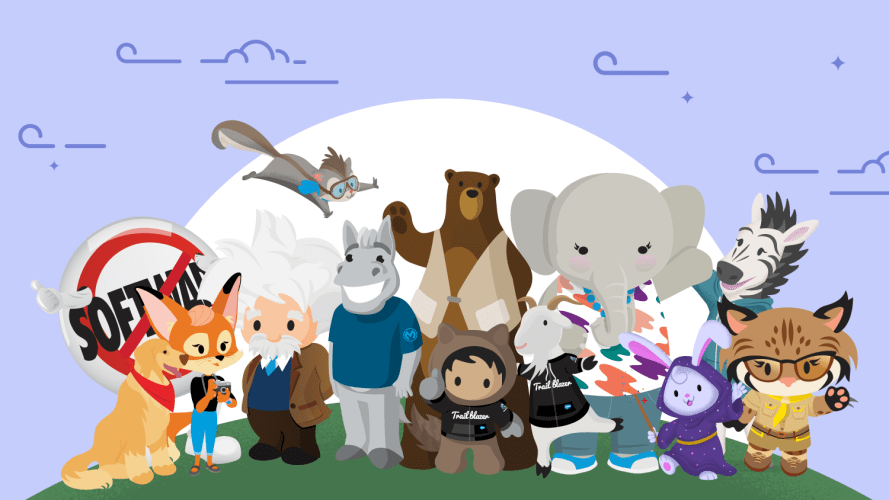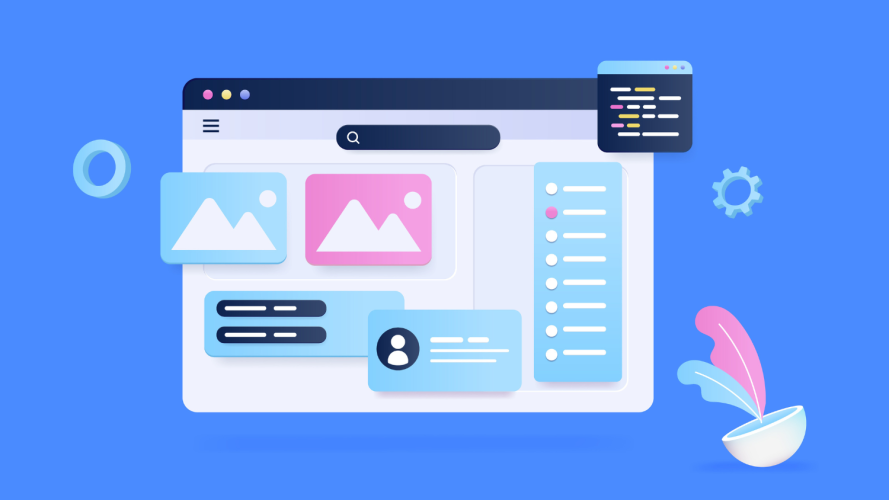Achieve AI Excellence with The Five Elements Framework



Follow these strategies to get your AI implementation right.

Kristin Raza
With the rise of AI, everyone has seen how businesses can use AI to simplify and improve their processes. But how can we be confident that we are using AI to the best of our ability and pursuing AI excellence? First, recognize enduring principles, such as prioritizing customer success and ensuring a personalized user experience. Then, learn how to use AI to reach your goals. By applying The Five Elements Framework, organizations can confidently start their implementation journey.
Our Five Elements Framework outlines how to implement AI using trust, alignment, human design, a platform mindset, and innovation. The latest technology can make a big impact, but your success hinges on how you use it. We’re sharing concrete examples of ways organizations can quickly integrate AI into their operations.
Get more value out of your Salesforce investment
Learn how Salesforce Professional Services can help your business accelerate time to value with Data + AI + CRM + Trust.



Build trusted relationships with transparent communication
Connecting with customers and creating a foundation of trust are crucial for any organization’s success. Good communication is essential when getting buy-in from your team. A lack of transparency and potential mistrust can happen if you fail to communicate the specifics of AI usage and analysis. For instance, not informing stakeholders about the data AI analyzes. It’s also important to maintain customer trust while delivering AI capabilities. That’s why Salesforce AI was built on a powerful Einstein Trust Layer that safeguards sensitive customer data.
Build trusted relationships with AI using:
- Transparency and communication: Foster trust by communicating how AI is being used. Be open about the data AI analyzes and the insights it provides to build trust with your stakeholders.
- Stakeholder feedback: Include key stakeholders in discussions about AI adoption. Listen to their concerns to create a sense of ownership and trust in AI-driven decisions.
- Improved customer engagement: Tailor AI-driven solutions to enhance user experiences, and show how using AI is beneficial to your customers.
Establish alignment before implementation
No matter how carefully trusted relationships are built, everyone should understand the objective. When working on a new initiative, the purpose, method, and people involved should be defined. Implementing AI initiatives without a clear vision and understanding among team members may result in a lack of alignment, confusion, and potential conflicts. Whether through processes or formal contracts, remember to build this foundation and set expectations. Adopting a deliberate and structured approach to ensure alignment is vital to success.
Establish alignment in your AI planning and execution with:
- Tools and frameworks: Consider using the Salesforce V2MOM framework (Vision, Values, Methods, Obstacles, Measures) to define your AI initiative and encourage alignment.
- Data-driven analysis: Analyze data and market trends. Align AI-driven insights with business strategies to support common objectives and goals.
- Co-creation and value: Co-create your AI strategy with stakeholders. Use AI to drive value and help with making informed decisions.
- Agile governance: Implement AI in the governance structure. Use AI to provide real-time data and insights that help align strategies and ensure accountability at all levels.
Adopt AI with a human-centric approach
The Five Elements framework emphasizes the importance of being human-centered in two key ways. First, in designing a platform-based solution that caters to the users’ needs. To achieve this, teams should go beyond analyzing functional requirements. Instead, concentrate on the actual tasks of the business users through testing and feedback.
Second, this approach involves adopting and effectively using the solution. The goal is to ensure that users feel confident, willing, and capable, allowing them to embrace the new solution and use it successfully. However, neglecting personalization and user experience in AI implementation can lead to a generic and less effective AI solution. So be sure to tailor experiences for individual users. Combine human creativity with AI to achieve true AI excellence.
Take a human-centric approach with AI using:
- Personalization: Tailor experiences for customers and employees on an individual level. Emphasize the customization aspect, and how AI creates a unique and engaging journey for each user.
- Enhanced support: Implement AI-powered support systems to streamline user experiences and problem resolution. Analyze feedback to make improvements in support processes. Illustrate how AI enhances the value of customer support by optimizing interactions, ensuring efficiency, and fostering responsiveness.
- Employee well-being: Enhance the well-being of employees by automating tasks and providing support. Make it clear that AI aims to empower employees rather than replace them.
Get started with AI Coach
Set the right foundation for AI transformation success with AI Coach and Salesforce Professional Services.



Embrace the platform mindset
It’s crucial to think about connecting platforms and integrated experiences. AI thrives on data, especially real-time, accurate, and complete data. To have a successful AI strategy, it’s important to see how each piece of technology works together. Don’t overlook the importance of integrated solutions and showing how AI contributes to creating end-to-end customer journeys. This can result in a fragmented approach, reducing the overall impact of AI on the platform. Ensure a cohesive integration to maximize the benefits of AI across the entire system.
Embrace the platform mindset with AI using:
- Integrated solutions: Show how AI can create integrated, end-to-end customer journeys within the Salesforce Platform. Emphasize that AI enhances the platform’s capabilities for holistic solutions.
- AI-driven integration: Streamline integrations and ensure they are efficient and scalable. Demonstrate how AI helps reduce technical debt and maintenance costs.
- Platform scalability: Show how AI contributes to the scalability of the platform. Highlight the balance between standardization for scale and personalization for impact.
Drive continuous innovation with agile AI
Even in the age of AI, agile and DevOps remain relevant because they’re built on continuous innovation and improvement. Due to frequent AI advancements, we need a faster and more consistent approach to experimentation. Use AI to make continuous improvements. AI can help you analyze performance data and predict trends. Don’t miss the opportunity to harness that information for feature development. Embrace a dynamic approach that prioritizes ongoing enhancement to stay at the forefront of AI capabilities.
Drive continuous innovation with AI using:
- Agile processes: Automate agile and DevOps processes to speed up delivery. Ensure the implementation remains adaptable and innovative.
- Continuous improvement: Analyze performance data. Identify areas for process improvement and adapt to changing markets.
- Predictive innovation: Predict trends and user behavior to identify opportunities for feature development.
Unleash the potential of AI excellence
With The Five Elements Framework, AI becomes your ally in building trust, aligning goals, designing for the user, connecting platforms, and fostering innovation. You can experience this transformative power firsthand by working with Salesforce Professional Services. Let us guide you through a journey where every step is strategically designed for your unique needs. We’ll help ensure that your AI implementation is not just successful, but a source of ongoing value for your organization.
This blog was co-authored by Henry King, business innovation and transformation strategy leader at Salesforce, and co-author of Boundless: A New Mindset for Unlimited Business Success, Wiley 2023.



























